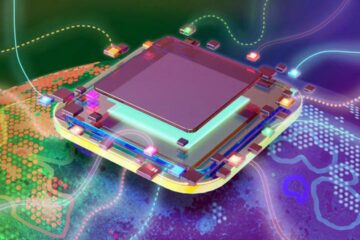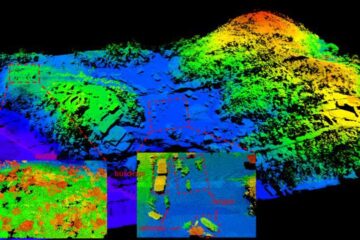Interfering with the Global Positioning System

Now, new research and monitoring systems are clarifying what happens to disruptive clouds of electrons and other electrically charged particles, known as ions, in the ionosphere. The work may lead to regional predictions of reduced GPS reliability and accuracy.
One team of researchers has recently observed Earth's aurora, which is a prominent manifestation of ionospheric electrical activity, in the act of disrupting GPS equipment. Other scientists have successfully tested a way to forecast GPS disturbances for marine users, with likely extension to users on land.
Some research groups are turning the tables and employing GPS receivers as tools with which to conduct basic research on the electrical-current structures of the ionosphere.
The scientific reports on these and other recent developments are available in a special section of Space Weather: The International Journal of Research and Applications, a publication of the American Geophysical Union, or AGU.
A magazine-style article that introduces the section was posted online Friday, June 6. It summarizes past research and operational developments regarding ionospheric effects on GPS, and discusses potential future improvements in the field.
The new introductory article is available at http://www.agu.org/journals/sw/swa/free (Click on “Space Weather and the Global Positioning System”). The special section itself, which currently contains seven scientific reports, is available online at
http://www.agu.org/journals/sw/?content=specialsections&ssid=GPS1
Space Weather is an online journal devoted to studies of the electrical interactions between the Earth and various emissions from the Sun, including electrically charged particles (the solar wind), solar radio noise and solar X-rays. The journal, which has a quarterly print digest called Space Weather Quarterly, is cosponsored by the National Science Foundation and the International Space Environment Service.
AGU is an international organization of Earth and space scientists. It has more than 50,000 members in 137 countries, and publishes Space Weather and 18 other scientific journals.
Media Contact
More Information:
http://www.agu.orgAll latest news from the category: Information Technology
Here you can find a summary of innovations in the fields of information and data processing and up-to-date developments on IT equipment and hardware.
This area covers topics such as IT services, IT architectures, IT management and telecommunications.
Newest articles

A universal framework for spatial biology
SpatialData is a freely accessible tool to unify and integrate data from different omics technologies accounting for spatial information, which can provide holistic insights into health and disease. Biological processes…

How complex biological processes arise
A $20 million grant from the U.S. National Science Foundation (NSF) will support the establishment and operation of the National Synthesis Center for Emergence in the Molecular and Cellular Sciences (NCEMS) at…

Airborne single-photon lidar system achieves high-resolution 3D imaging
Compact, low-power system opens doors for photon-efficient drone and satellite-based environmental monitoring and mapping. Researchers have developed a compact and lightweight single-photon airborne lidar system that can acquire high-resolution 3D…





















